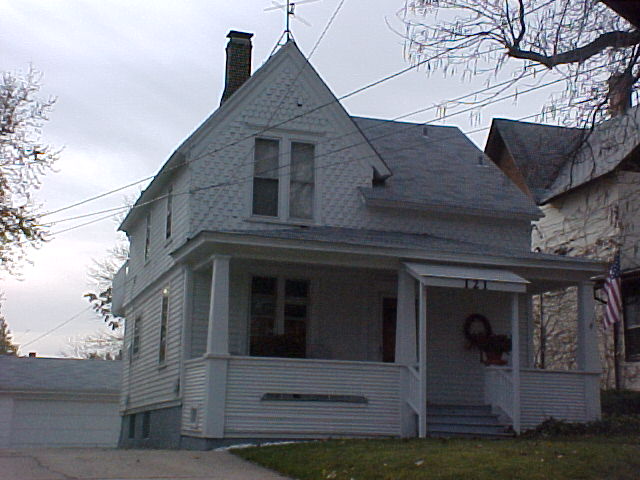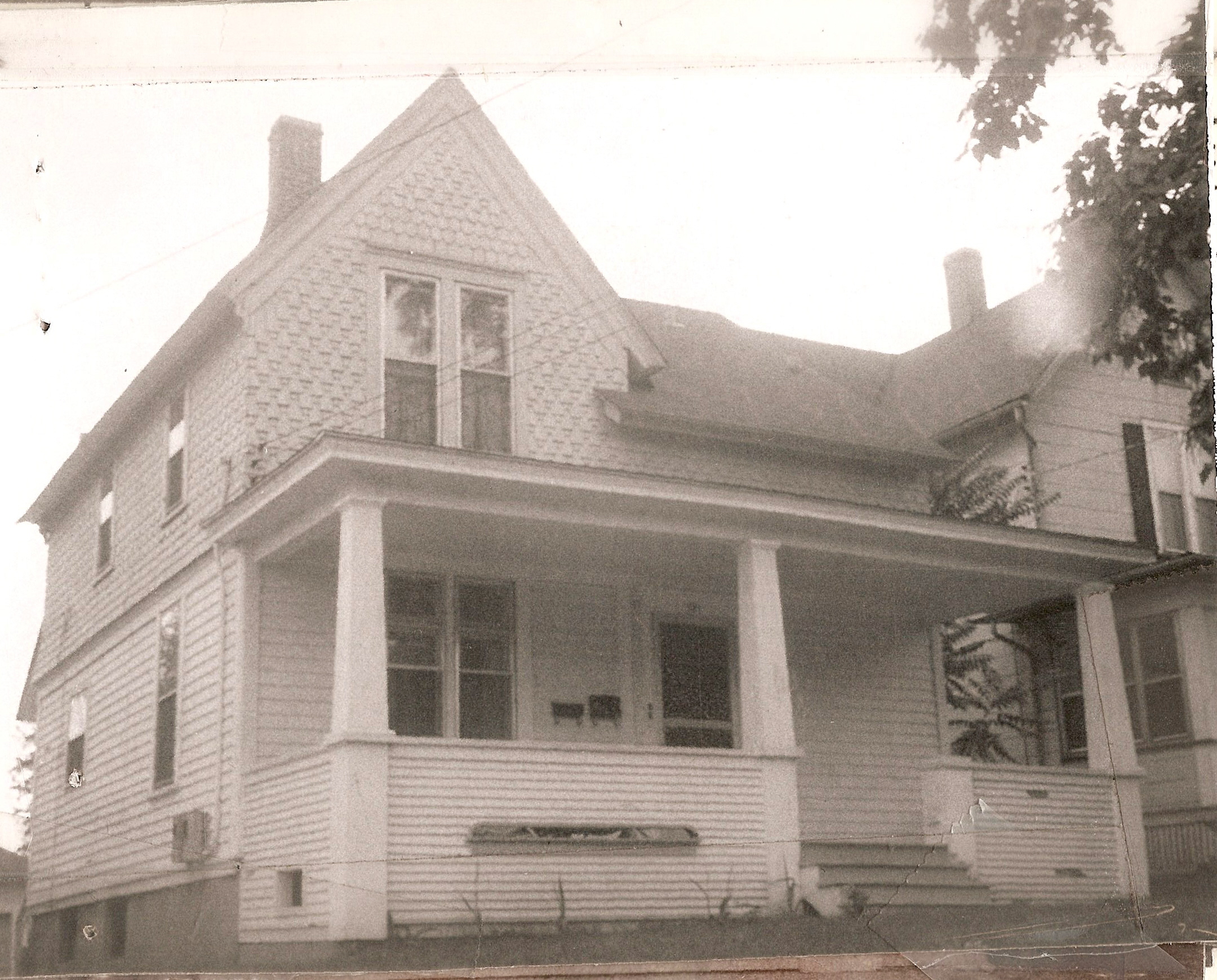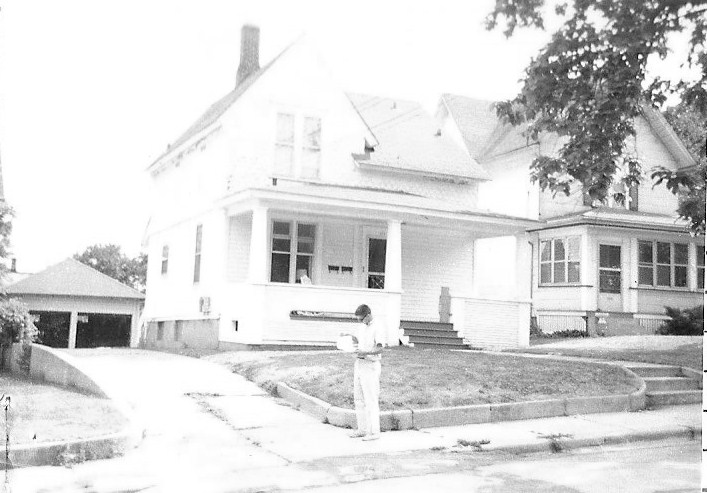121 OAK STREET
HISTORIC SIGNIFICANCE
In 1890, W. L. Pease and his wife, along with their daughters, Hattie Pease and Sarah Innes, warranted a number of lots they owned along Oak Street to Charles F. Pease. In that same year, the Elgin Daily Courier noted that Leon Saint Peter of Dundee had built three houses on Oak Street for Charles Pease at a total cost of $4,500. Of those homes, 121 Oak Street, was built and primarily functioned as a rental property for the Watch Factory workers.
Down the street at 167-169 Oak, Charles Pease sold home furnishing pieces like floor tiles and mantles and grates. Pease and his wife, Mary, had one child together, Claudia. Claudia married into the Scheele grocery family.
After Pease passed away in 1906, Mary continued to own the home before selling 121 Oak to Emil and Phena Block in 1911. Emil and Phena Block are first listed as occupying the home in the 1907-08 Elgin City Directory suggesting they rented the home before buying it in 1911. Emil was born in Switzerland and came to Elgin in 1877. He worked in the Elgin Watch Factory for 28 years and was a member of the modern Woodmen Lodge. Mr. Block died of typhoid fever on July 3, 1916. Phena Block continued living in the home after her husband’s death until 1941 when she sold it to Fred Ganschow. Fred lived there for 20 years, until the executor of his estate sold the home in 1961.
Additionally, this home has ties to the Hemmens Cultural Center, a storied Elgin institution. As mentioned above, Charles F. Pease was the original owner of the home and brother to Hattie Pease. When Hattie got married, her name became Hattie Hemmens.
ARCHITECTURAL SIGNIFICANCE
121 Oak Street is an example of a Gable-Front-and-Wing home, with some later additions adding a touch of other styles. The home itself, like many Gable-Front-and-Wing are in an L-shaped configuration. Decorative wood shingles on the second floor point to Queen Anne influences, an incredibly popular style in the 1890s. The full-width porch with tapered columns and a hipped roof was a later addition, and nods to the popular Craftsman style of the early 20th century with its Arts and Crafts touch. Wood clapboard siding remains throughout and the 1-over-1 double hung windows help retain its historic character. Additionally, the Southwest Neighborhood Illinois Historic Resources Survey has designated 121 Oak as significant in terms of its local historic significance for the area.
TIMELINE OF PREVIOUS OWNERS
Sources: 2002 Heritage Plaque Application; "There Used to Be" by Steve Stroud; Audio: TextAloud





